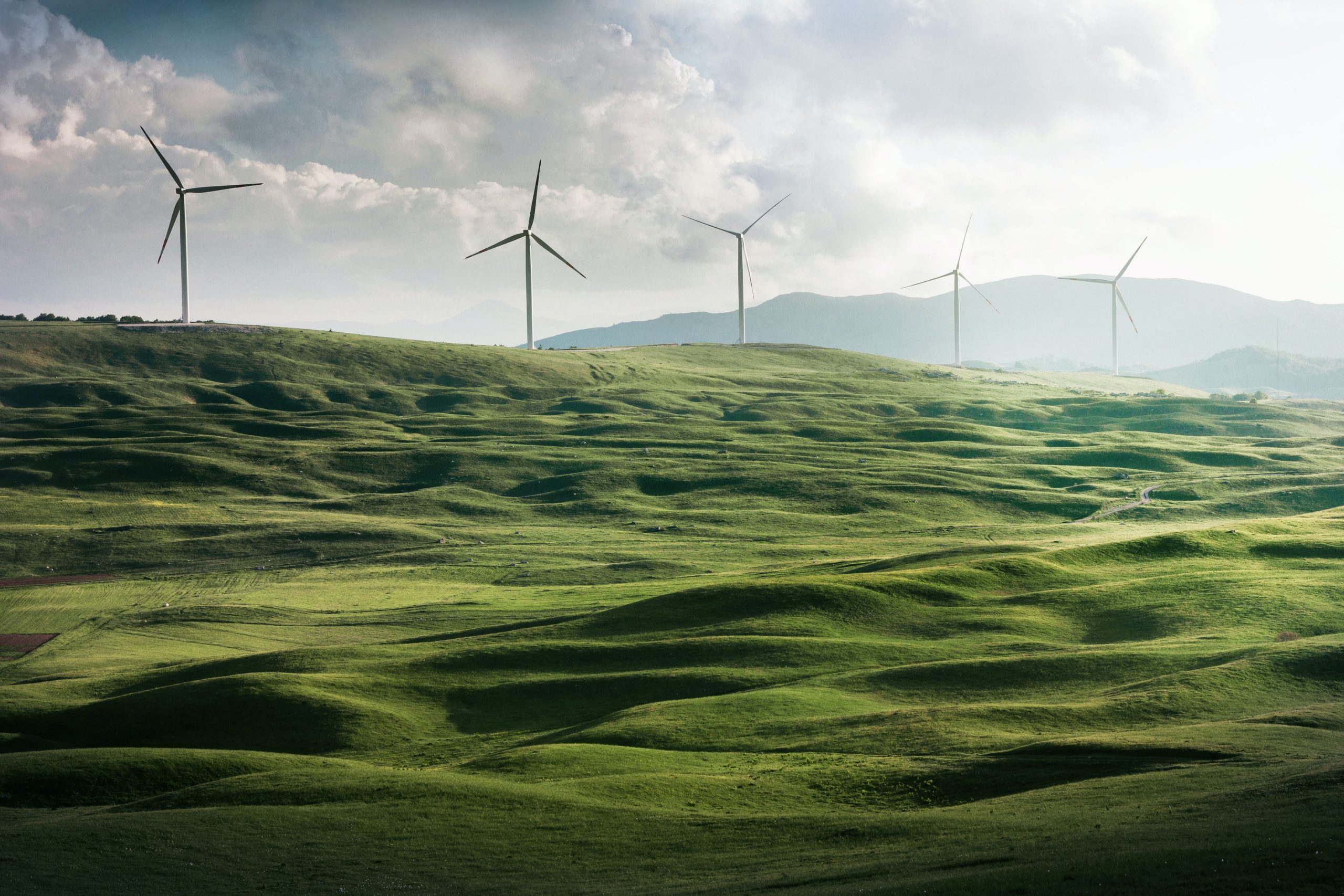How Ireland can reach its net-zero target for 2050

A recent report has provided details on how Ireland can deliver a net-zero energy emission system by 2050, creating nearly 50,000 jobs at the same time. The study, published by MaREI, the SFI Research Centre for Energy, Climate and Marine and hosted by the University College Cork, details how exactly Ireland can reach this goal and the associated benefits aside from tackling the climate challenge.
To reach this goal the report suggests three key options that the Government must pursue:
Prioritise Energy Efficiency – making our society energy efficient should be regarded as a top priority. Any barriers, political or financial, that hinder the ability to apply energy-efficient systems or retrofit homes should be removed. Further investment is necessary to enhance the training of skilled workers in this sector.
Pursue Electrification – Electricity represents the core of Ireland’s energy system. Every section of transport and heating could be electrified as quickly as possible.
Enhance renewable energy focus – Renewable energy projects like solar, wind farms, both onshore and offshore need to be developed and accelerated quickly. Sustainable bioenergy is viewed as an important energy option to decarbonise Ireland’s energy system.
This enhanced focused approach highlights three key things that are critical to Ireland. Each option is fundamental to enabling Ireland to work towards its net-zero targets. Implementing energy efficiency systems is a necessity that saves money, as well as reduce emissions and enable future societies to become more efficient.
Eliminating Barriers
It isn’t always simple to improve your property and make it more energy-efficient. Cost is a significant factor for both businesses and homeowners when retrofitting a building to make it more energy-efficient. There are various schemes and grants available for businesses but, there isn’t a similar option within the residential sector.
Some communities are coming together to reduce costs, but there is still a requirement for additional innovative financing to remove various cost barriers. There are some examples across Ireland where energy communities have combined forces, enabling a more efficient process and the ability to negotiate a better deal with energy-efficient businesses.
There are thousands of households in receipt of fuel allowance, so there is a question on affordability, and this is where public finance from investment is necessary. Innovative finance measures are a vital part of tackling this challenge.
A net-zero energy future?
The report explains that to reach net-zero by 2050, Ireland will need to implement significant changes across every level of society and deliver a shared commitment towards a cleaner energy future.
Taking this approach could result in wind providing nearly two-thirds of Ireland’s total energy requirements, either by electricity supply or by producing large quantities of hydrogen for heating, transport or for storage in power facilities. This could also be supported with large volumes of solar, battery storage and bioenergy.
Following this scenario would require a significant number of skilled professionals to develop wind farms, install heat pumps in properties, retrofit buildings and enhance the electricity grid.
The report estimates that the total annual investment required to decarbonise the energy system amounts to around 1.4% of GDP, compared to the 8.5% of GFP that Ireland is investing in the energy industry every year.